ARS ELECTRONICA ARCHIVE - ART & SCIENCE
Das "European Digital Art and Science Network" basiert auf einem großen vielseitigen Netzwerk. Teil dieses Netzwerkes waren wissenschaftliche Forschungsinstitutionen (CERN, ESA, ESO, Fraunhofer MELVIS), das Ars Electronica Futurelab sowie die Projektpartner Center for the promotion of science (RS), DIG Gallery (SK), Zaragoza City of Knowledge Foundation (ES), Kapelica Gallery / Kersnikova (SI), GV Art (UK), Laboral (ES) und Science Gallery (IE). Von der EU gefördert lief das Projekt von 2014 – 2017.
Das Online Archiv der Ars Electronica bietet einen Überblick über die einzelnen Aktivitäten des Netzwerks und liefert zudem Informationen zum Netzwerk an sich, zu den Residency Künstlern und zu den beteiligten Projektpartnern und der Jury.
CERN
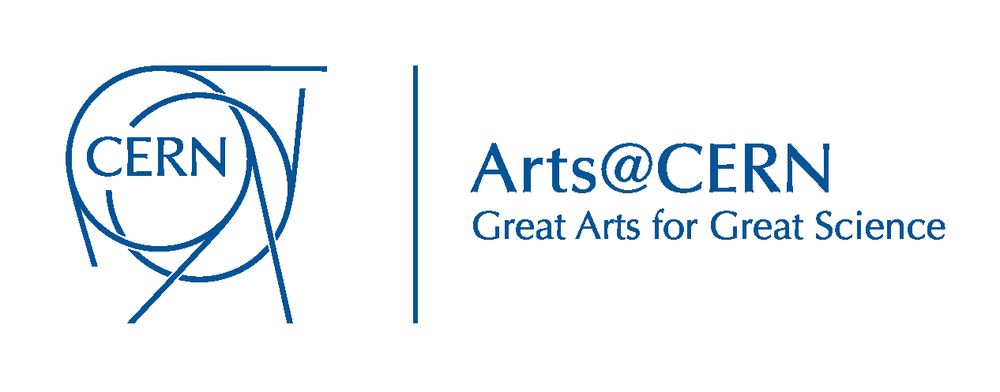
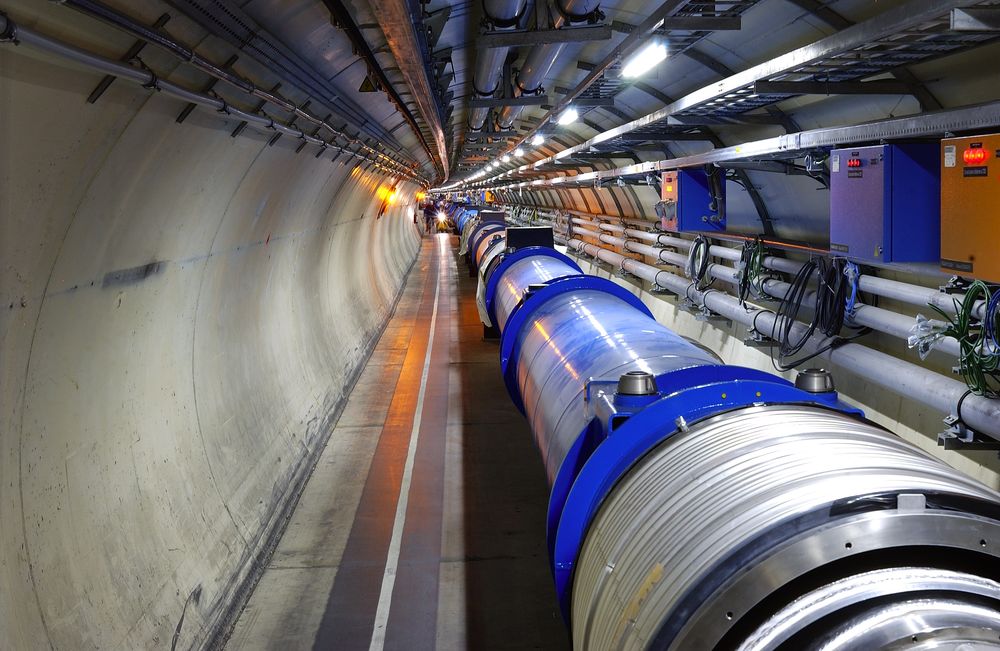
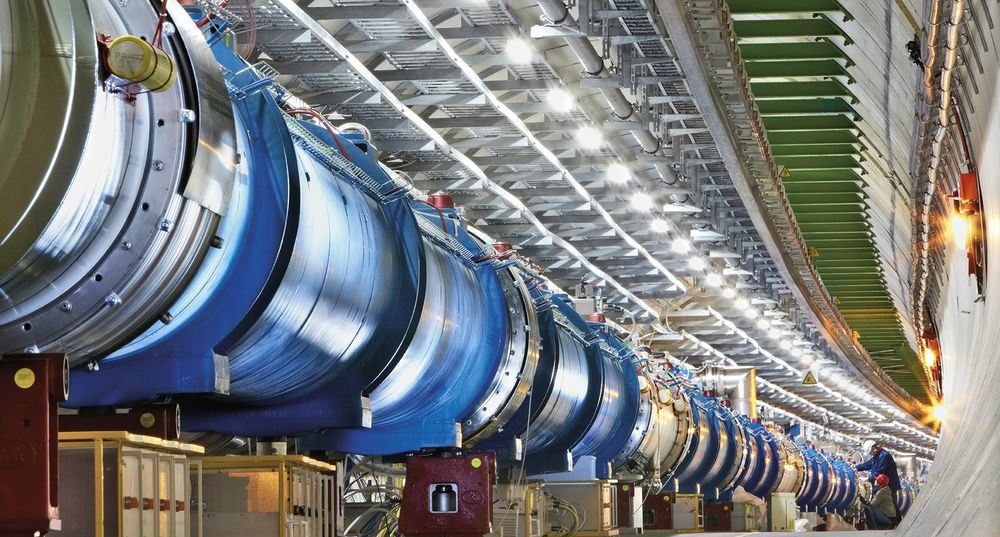
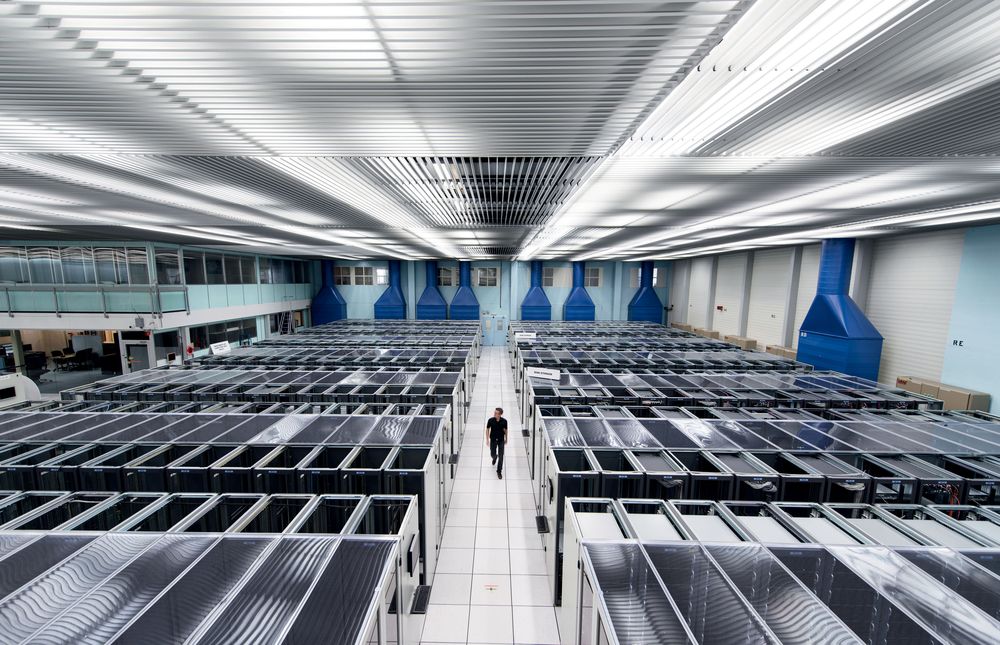
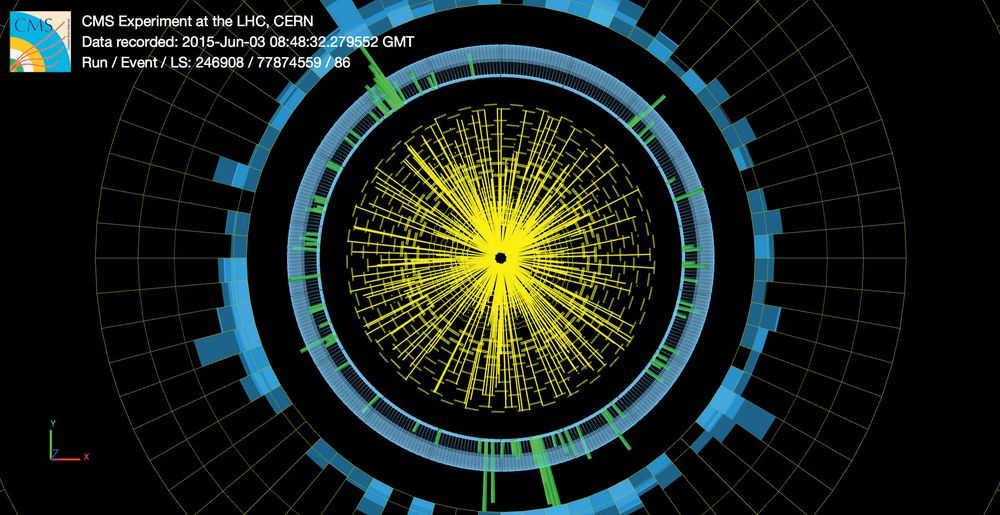
Arts@CERN ist das künstlerische Programm von CERN und soll kreative Verbindungen zwischen der Welt der Wissenschaft, der Kunst und der Technik hervorbringen. Als Teil der im August 2010 unterzeichneten Kulturpolitik von CERN wurde im Jahr 2011 das renommierte „Collide@CERN Residency Programm“ ins Leben gerufen. Dieses Programm blickt heute auf eine vier-jährige Erfolgsbilanz zurück, im Rahmen welcher transdisziplinäre, künstlerische Qualität etabliert sowie der Austausch zwischen KünstlerInnen und WissenschaftlerInnen gefördert wurde.
Facebook: https://www.facebook.com/ArtsatCERN/
Twitter: https://twitter.com/ArtsAtCERN/
Blogbeiträge Ars Electronica:
https://www.aec.at/aeblog/en/2015/06/11/am-cern-muessen-uns-kuenstlerinnen-mit-ideen-herausfordern/
https://www.aec.at/aeblog/en/2015/06/19/lhc-mother-of-all-experiments/
The pursuit of fundamental research is an essential factor for human survival. It not only helps us to improve our understanding of the universe, but also and primarily because it enables us to work together towards positive cultural and social changes. When the CERN Cultural Policy was launched under the name of „Great Arts for Great Science“ in August of 2011, CERN’s engagement with the arts was placed on a similar level as the excellence of its science. At the time it became relevant to form collaborations with international partners that were following the same objectives: to activate the most innovative way of understanding art and creation through fundamental research. As part of this global ecosystem, Ars Electronica immediately became a natural match because of the common interest of encouraging synergies between disciplines and an understanding of the benefits of this to society. Establishing the Collide@CERN Ars Electronica Award partnership provided over these four years unique and exciting opportunities to share our combined expertise in cutting edge arts, science and technology. Since then CERN has partnered several leading international organizations, such as the Onassis Culture Centre in Athens, the Ministry of Culture of Taiwan, the Federal Chancellery of Austria, or the Swiss Arts Council Pro Helvetia. Other organizations are joining this unique network dedicated to the artistic exploration of scientific ideas of the multidimensional domain of particle physics.
The arts programme at CERN provides an opportunity for creators to develop their practice in an incomparable location during a 3-month residence. During this time the artist is invited to become part of the community of researchers at CERN. Her perception will be challenged by the idiosyncrasy of the place, where conversations are formed by numerous terms that are far from everyday speech, to slowly become mimetic by the routines of the lab. Meeting physicists and engineers, visiting experiments, reflection, researching, arguing, exploring, questioning, these and other actions construct the daily routine and the residence experience. What constitutes CERN, the different labs and the scientists and engineers that work as part of a huge tireless hive, constitutes the fascinating environment in which the artist becomes immersed.
At CERN the goal is to investigate the fundamental structure of our universe. In order to do this, some of the most powerful and largest machines have been designed and crafted to allow the modelling of the primordial stage of the cosmos. Fundamental particles are collided at the speed of light allowing physicists to discover their properties and the laws of matter, as well as the forces involved in the process. Art and science, as essential forces, help us to discover the substantial human condition, that is, the drive of curiosity, play and discovery. Science opens up new routes to explain nature, while art offer us original paths to interpret new realities. Both domains provoke ways to experience knowledge by detecting unique and unexpected connections in the natural system. Technology provides the potential for modelling conditions that are only formerly imagined. And this is how, by creating experiences, by inciting interaction and stirring forces, common threads of enquiry are found between the hybrid practises of art and science.
(Source: https://www.aec.at/artandscience/en/network/partner/arts-cern/)
(Source: https://www.aec.at/artandscience/en/network/partner/arts-cern/)
Ariane Koek (UK), an artistic director, cultural producer, cultural policy maker, and strategist, initiated and directed the Collide@CERN program, “working with the transdisciplinary Futurelab team at Ars, the Prix Ars Electronica Arts@CERN Residency Award was created as part of the Collide@CERN—Creative Collisions between the Arts and Science, the artists residency programme initiated and created by CERN in 2010 following a 4-month feasibility study which I carried out.”
(Ariane Koek (UK) in: TOTAL RECALL, The Evolution of Memory, Ars Electronica 2013, Hatje Cantz, 2013, p. 307)
In March 2015 Mónica Bello (ES), an independent curator and art critic with expertise in art and science became the new head of Arts@CERN. She served as a jury member for the European Digital Art and Science Network. “For centuries science and art cast together the contour lines of our reality. The way we comprehend our environment, the interactions with other beings, or the understanding of the complex laws of nature, constitute the common drives of art and science through human history. At the current moment, there is a major interest in exploring these hybrid cultures where these two domains of knowledge collide. Today it is possible to imagine a place where artists and scientists can meet and influence each other by using formal strategies and universal imperatives. Far from commenting on scientific facts, illustrating science or communicating advanced technologies, art provides a framework for discussing the complexities that underlie our contemporary scientific culture“.
(Mónica Bello (ES) in: POST CITY – Habitats for the 21st Century, Ars Electronica 2015, Hatje Cantz, 2015, p. 181)
Rolf-Dieter Heuer (DE), a particle physicist, was director general of CERN between 2009 and 2015: “When we launched the Arts@CERN programme little did I know that it would enjoy the great success that it has. In large part, that is due to the partnership we have enjoyed with Ars Electronica, and the quality of the artists who have held the Prix Ars Electronica Collide@CERN. CERN’s decision to engage with the arts comes down to a deep-seated conviction that art and science form two aspects of a single culture. The level of heated debate about the so-called ‘Two Cultures’ is a constant source of bafflement to me. Of course arts and science are linked. Both are about creativity. Both require technical mastery. And both are about exploring the limits of human potential. That’s why the motto of the Arts@CERN programme is ‘Great art for great science’.
(Rolf-Dieter Heuer (DE) in: POST CITY – Habitats for the 21st Century, Ars Electronica 2015, Hatje Cantz, 2015, p. 181)
Michael Doser (AT/CH) served several times as a jury member for Prix Ars Electronica‘s [next idea] category, Collide@CERN Residency Award, and European Digital Art and Science Network and has been working for CERN since 1991, where he is deputy department head of CERN’s physics department. He has been working with antimatter since 1983, using it both as a tool and as an object of study, with the goal of understanding the first moments of the universe. In 2002, he was part of the team that made cold atoms of anti-hydrogen for the first time, and he currently leads the Aegis experiment to measure the effect of gravitation of antimatter. He is the author of more than 250 publications related to his work and to the Aegis experiment. He is a CERN Cultural Board Member.
(Source: The Practice of Art and Science, p. 22-23)

